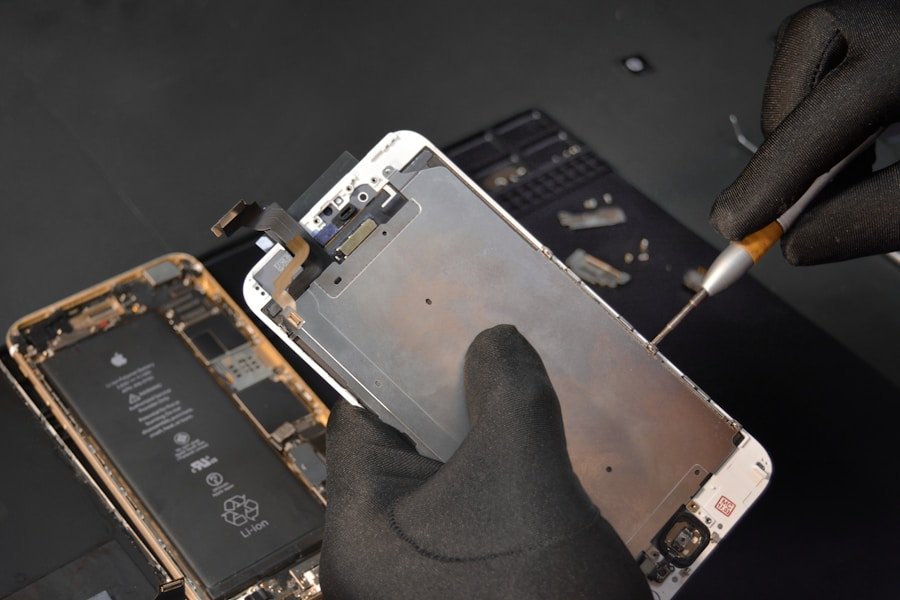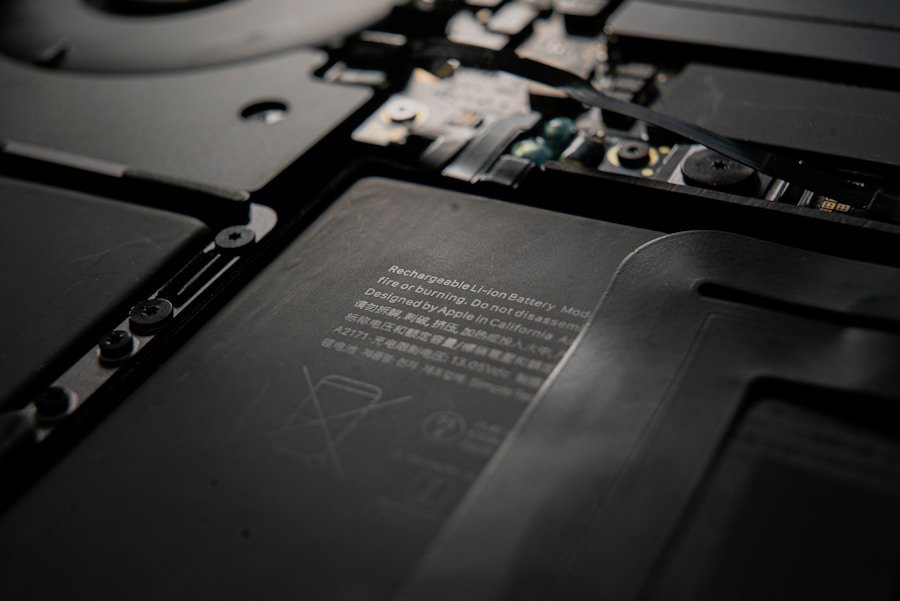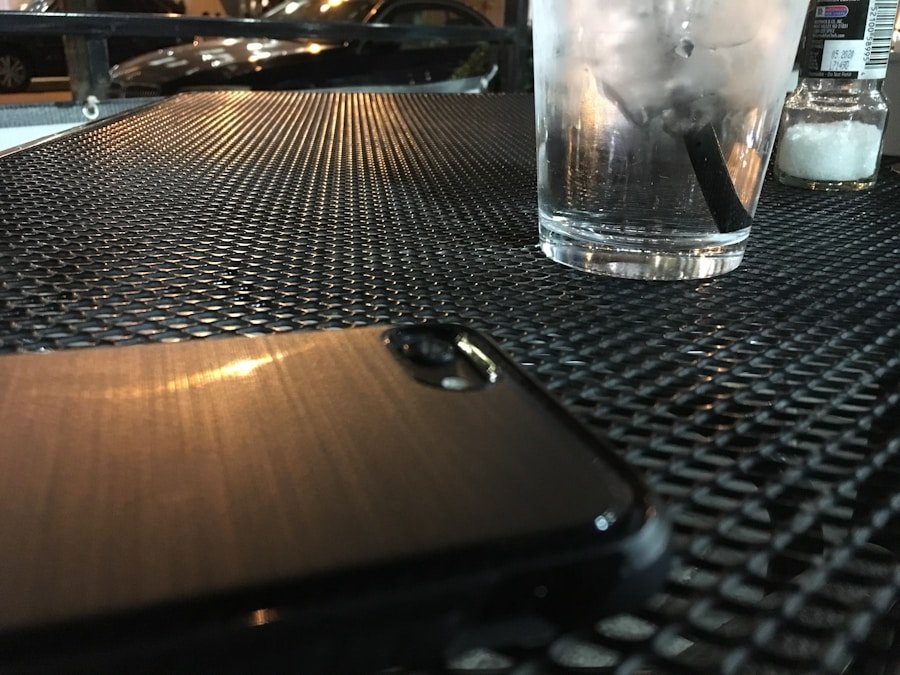Water damage can manifest in various ways, and recognizing the signs early is crucial to mitigating further issues. One of the most immediate indicators of water damage in an iPhone is the presence of moisture under the screen or within the camera lens. Users may notice fogging or condensation that can obscure visibility, making it difficult to use the device effectively.
Additionally, if the phone has been submerged or exposed to significant moisture, users might experience erratic behavior, such as unresponsive touch screens, random app crashes, or unexpected shutdowns. These symptoms often serve as a red flag that water has infiltrated the device. Another critical aspect of identifying water damage is checking the Liquid Contact Indicator (LCI).
Apple devices are equipped with these indicators, which change color when they come into contact with water. For iPhones, the LCI is typically located in the SIM card slot. If the indicator is red or pink, it signifies that the device has been exposed to moisture.
This visual cue can be invaluable for users who are uncertain about the extent of water damage. Furthermore, users should be vigilant for any unusual sounds emanating from the device, such as crackling or popping noises, which may indicate internal short circuits caused by water exposure.
Key Takeaways
- Water damage can be identified by checking for water in the charging port, speaker grills, or under the display.
- Turn off the iPhone immediately to prevent further damage and avoid short circuits.
- Use a soft, absorbent cloth to dry the exterior of the iPhone and avoid using heat sources like a hairdryer.
- Place the iPhone in a sealed bag with silica gel packs to absorb moisture from the device.
- Check for internal damage by testing the camera, speakers, and buttons for any malfunctions.
- If the iPhone shows signs of internal damage or does not turn on, seek professional help from a certified technician or Apple store.
Turning Off the Device
Once water damage is suspected, the first step is to turn off the device immediately. This action is critical because keeping the iPhone powered on can exacerbate the damage by allowing electrical currents to flow through wet components, potentially leading to short circuits. To power down the device, users should press and hold the side button along with either volume button until the power-off slider appears on the screen.
It’s essential to act quickly; delaying this step can result in irreversible damage to internal components. After turning off the device, it’s advisable to refrain from pressing any buttons or attempting to charge it. Doing so could further compromise the device’s integrity.
Instead, users should focus on removing any accessories connected to the iPhone, such as cases or screen protectors, which may trap moisture against the device. Additionally, if a SIM card is present, it should be removed carefully to prevent any potential corrosion on its contacts. This initial precautionary measure sets the stage for effective drying and recovery efforts.
Drying the iPhone

Drying out an iPhone after water exposure requires a careful approach to avoid causing additional harm. The first step in this process is to gently wipe down the exterior of the device with a soft, lint-free cloth to remove any visible moisture. Users should avoid using heat sources like hair dryers or radiators, as excessive heat can warp components and damage sensitive parts of the phone.
Instead, placing the iPhone in a well-ventilated area at room temperature allows for natural evaporation of moisture. In addition to air drying, users can also tilt the phone at various angles to encourage any trapped water to escape from openings such as the charging port and speaker grills. It’s important to be patient during this phase; allowing sufficient time for drying can significantly improve recovery chances.
Ideally, users should leave their iPhone in a dry environment for at least 24 to 48 hours before attempting to power it back on. This waiting period is crucial for ensuring that any residual moisture has evaporated from internal components.
Using Silica Gel Packs
| Metrics | Value |
|---|---|
| Moisture Absorption Capacity | 30-40% of its weight |
| Common Uses | Protecting electronics, leather goods, and pharmaceuticals from moisture damage |
| Size Options | 1 gram to 1000 grams |
| Regeneration | Can be regenerated by heating at 120°C for 1-2 hours |
One effective method for absorbing moisture from an iPhone is utilizing silica gel packs. These small packets are often found in packaging for shoes, electronics, and other products and are designed to absorb humidity effectively. When dealing with a water-damaged iPhone, placing several silica gel packs in a sealed container along with the device can enhance drying efforts significantly.
The silica gel works by drawing moisture out of the air and from within the phone itself, creating a drier environment that promotes faster evaporation. To implement this method, users should first ensure that their iPhone is turned off and any external moisture has been wiped away. Next, they can place the device in a container filled with silica gel packs, ensuring that it is surrounded by these moisture-absorbing agents.
It’s advisable to leave the phone in this setup for at least 48 hours for optimal results. While this method is not guaranteed to restore functionality completely, it can be a valuable step in reducing moisture levels and preventing further corrosion of internal components.
Checking for Internal Damage
After allowing sufficient time for drying, users should proceed with caution when checking for internal damage. The first step is to attempt powering on the device. If it powers up successfully, users should monitor its performance closely for any signs of malfunctioning features or erratic behavior.
Common issues that may arise include problems with sound quality during calls, malfunctioning cameras, or connectivity issues with Wi-Fi and Bluetooth. If any of these problems occur, it may indicate that water has caused damage to internal components. For those who are comfortable with technology, opening up the device can provide further insights into potential internal damage.
However, this step requires specialized tools and knowledge about iPhone assembly and disassembly. Users should look for signs of corrosion on connectors and circuit boards, which may appear as green or white residue around metal parts. If corrosion is present or if there are any visible signs of water intrusion within the device’s interior, it’s advisable to seek professional assistance rather than attempting repairs independently.
Seeking Professional Help

Seeking Professional Help
If all attempts at self-repair fail or if significant internal damage is suspected, seeking professional help becomes essential. Many repair shops specialize in water damage restoration and have access to advanced tools and techniques that can effectively address issues beyond basic drying methods. These professionals can perform thorough inspections and diagnostics to assess the extent of damage and recommend appropriate repair solutions.
Selecting a Reputable Repair Service
When choosing a repair service, it’s important to select a provider with experience in handling water-damaged devices. Users should inquire about warranties on repairs and whether they offer data recovery services in case important information has been compromised due to water exposure. In some cases, professional repair may involve replacing damaged components or even performing a complete refurbishment of the device to restore functionality fully.
The Importance of Prompt Action
While this option may incur additional costs, it often provides peace of mind knowing that experts are handling the situation with care and precision. In conclusion, addressing water damage in an iPhone requires prompt action and careful consideration of various factors. From identifying initial signs of damage to employing effective drying techniques and seeking professional assistance when necessary, each step plays a vital role in determining whether a device can be salvaged or if it’s time to consider replacement options.
If you are looking for tips on how to fix a water damaged iPhone, you may want to check out this article on
